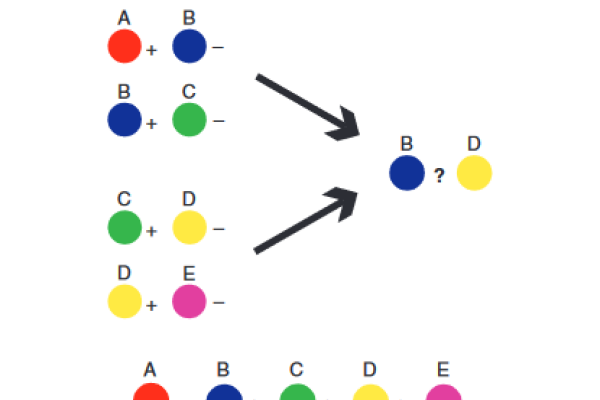2012-02-28

Specialization of the brain, where the left and right hemispheres perform different functions, is thought to have evolutionary advantages. But for many tasks, the hemispheres have to combine their expertise for optimal information processing.Scientists from the IKN studied hemispheric cooperation in pigeons, which have a visual system that develops asymmetrically in response to light stimulation. This allows comparison of integration capacities of lateralized (light-incubated) and non-lateralized (dark-incubated) animals. By presenting the left or right eye of the birds with different colour pairings, the scientists show that lateralized pigeons are able to integrate information learnt separately by the two hemispheres to solve a cognitive puzzle. In contrast, non-lateralized birds could not discriminate between colour pairings that required the combination of hemispheric-specific knowledge. This study provides first direct evidence that the efficiency of cooperation between the two brain halves depends on the development of hemispheric specialization, based on the experiences of the embryo.
Link: http://www.nature.com/ncomms/journal/v3/n2/full/ncomms1699.html#/abstract

Specialization of the brain, where the left and right hemispheres perform different functions, is thought to have evolutionary advantages. But for many tasks, the hemispheres have to combine their expertise for optimal information processing.Scientists from the IKN studied hemispheric cooperation in pigeons, which have a visual system that develops asymmetrically in response to light stimulation. This allows comparison of integration capacities of lateralized (light-incubated) and non-lateralized (dark-incubated) animals. By presenting the left or right eye of the birds with different colour pairings, the scientists show that lateralized pigeons are able to integrate information learnt separately by the two hemispheres to solve a cognitive puzzle. In contrast, non-lateralized birds could not discriminate between colour pairings that required the combination of hemispheric-specific knowledge. This study provides first direct evidence that the efficiency of cooperation between the two brain halves depends on the development of hemispheric specialization, based on the experiences of the embryo.
Link: http://www.nature.com/ncomms/journal/v3/n2/full/ncomms1699.html#/abstract